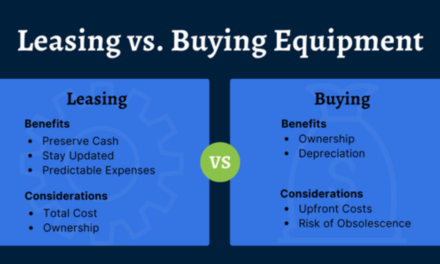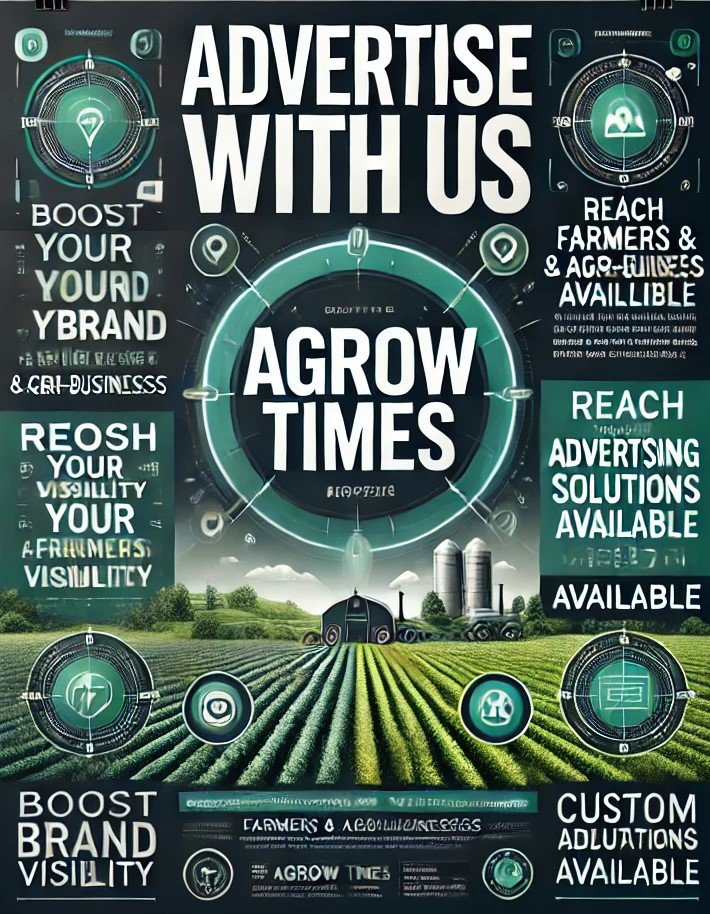Food and beverage manufacturers are actively adapting to consumer demand for healthier products by reformulating recipes, innovating new offerings, and adopting transparent practices. Here’s how they are responding:
1. Reformulating Products
- Reducing Sugar and Salt: Lowering the content of added sugars and sodium in processed foods and beverages.
- Examples: Launching low-sugar sodas, snacks with reduced salt, and desserts sweetened with natural alternatives like stevia or monk fruit.
- Eliminating Unhealthy Fats: Removing trans fats and replacing them with healthier oils.
- Examples: Switching from partially hydrogenated oils to avocado, olive, or sunflower oils.
2. Introducing Healthier Alternatives
- Plant-Based Products: Expanding lines of plant-based foods and beverages to cater to vegetarian, vegan, and health-conscious consumers.
- Examples: Oat milk, plant-based burgers, and dairy-free cheese.
- High-Protein Options: Offering protein-enriched snacks, bars, and drinks to meet demand for fitness and wellness products.
- Examples: Greek yogurt, protein shakes, and fortified cereals.
3. Fortification and Enrichment
- Adding Essential Nutrients: Fortifying products with vitamins, minerals, and other beneficial nutrients.
- Examples: Calcium-fortified plant-based milks, vitamin D-enriched juices, and iron-fortified cereals.
- Probiotic and Prebiotic Inclusion: Developing gut-friendly foods with probiotics and prebiotics.
- Examples: Probiotic-rich yogurts and kombucha beverages.
4. Expanding Organic and Non-GMO Offerings
- Organic Products: Increasing availability of organic food and beverage options to meet consumer preference for chemical-free products.
- Examples: Organic juices, fruits, and snack foods.
- Non-GMO Certification: Labeling products as non-GMO to appeal to health-conscious shoppers.
- Examples: Non-GMO project-verified cereals and dairy products.
5. Promoting Clean Labels
- Simplifying Ingredients: Reducing artificial additives and preservatives, focusing on shorter, more natural ingredient lists.
- Examples: “No artificial colors or flavors” claims on snacks and beverages.
- Transparency: Clearly labeling ingredients and nutritional content to build consumer trust.
- Examples: Front-of-pack calorie labeling and allergen disclosures.
6. Developing Functional Foods and Beverages
- Focus on Wellness: Creating products that support specific health goals, such as immunity, energy, or mental well-being.
- Examples: Beverages infused with adaptogens, vitamin-enriched water, and snacks with omega-3 fatty acids.
7. Offering Portion-Control Options
- Smaller Serving Sizes: Introducing portion-controlled packaging to help consumers manage calorie intake.
- Examples: 100-calorie snack packs, mini-soda cans, and single-serving ice cream cups.
8. Emphasizing Sustainability and Ethical Sourcing
- Sustainability: Aligning health-conscious products with environmentally friendly practices.
- Examples: Biodegradable packaging for health bars and sustainably sourced ingredients like fair-trade cocoa or coffee.
- Ethical Sourcing: Using ethically sourced ingredients that resonate with socially conscious consumers.
- Examples: Certified fair-trade tea or chocolate.
9. Expanding Gluten-Free and Allergen-Friendly Lines
- Gluten-Free: Developing gluten-free versions of traditional foods for people with sensitivities or celiac disease.
- Examples: Gluten-free breads, pastas, and snack bars.
- Allergen-Free Products: Offering products free of common allergens like nuts, soy, or dairy.
- Examples: Dairy-free cheeses and nut-free snack mixes.
10. Innovating in Beverage Choices
- Low-Calorie Beverages: Launching flavored waters, unsweetened teas, and light beverages with natural sweeteners.
- Examples: Sparkling water brands like LaCroix and low-sugar energy drinks.
- Functional Drinks: Developing beverages that provide additional health benefits.
- Examples: Electrolyte-infused waters, CBD drinks, and herbal teas.
11. Leveraging Technology and Research
- Nutritional Technology: Using advanced techniques to enhance the nutritional profile of foods without sacrificing taste.
- Examples: Developing sugar substitutes that mimic the texture and taste of sugar.
- Consumer Insights: Analyzing market trends and consumer feedback to refine healthier product lines.
12. Supporting Diet-Specific Preferences
- Keto and Low-Carb Products: Offering products tailored to popular diets.
- Examples: Keto-friendly snacks and low-carb breads.
- Paleo and Whole30-Friendly: Creating products that align with these restrictive dietary patterns.
- Examples: Grain-free granolas and paleo protein bars.
By focusing on these strategies, food and beverage manufacturers are not only addressing consumer demand but also contributing to healthier lifestyle choices, building brand loyalty, and staying competitive in an evolving market.









